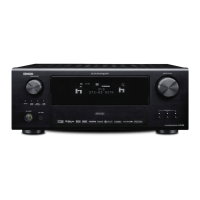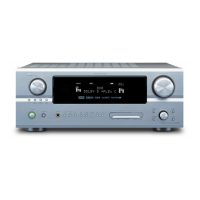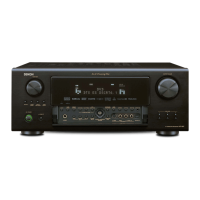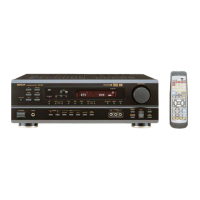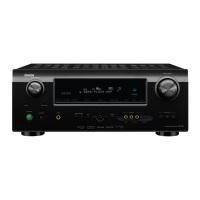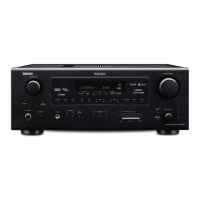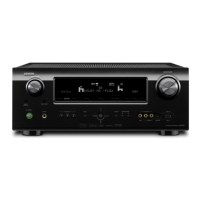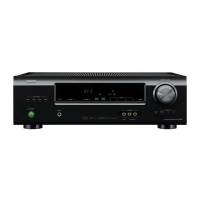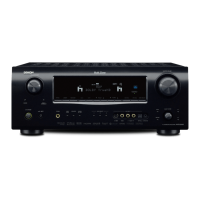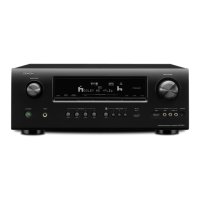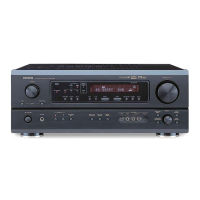Why does my Denon Receiver power off suddenly and the power indicator flashes red?
- MMadison GriffithAug 20, 2025
This usually happens because the protection circuit has been activated. This can be due to a rise in internal temperature, in which case you should turn off the power, wait for the unit to fully cool down, and then turn it back on. It can also happen if core wires of two speakers are touching, or a core wire is sticking out and touching the rear panel. To fix this, unplug the power cord, twist the core wires tightly or terminate the speaker cables, and then reconnect. Another cause may be the use of speakers with an impedance other than specified, so ensure you are using the correct speakers. Finally, it could indicate the set is damaged, in which case you should turn off the power and contact a DENON service center.
